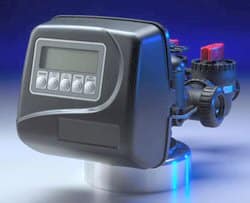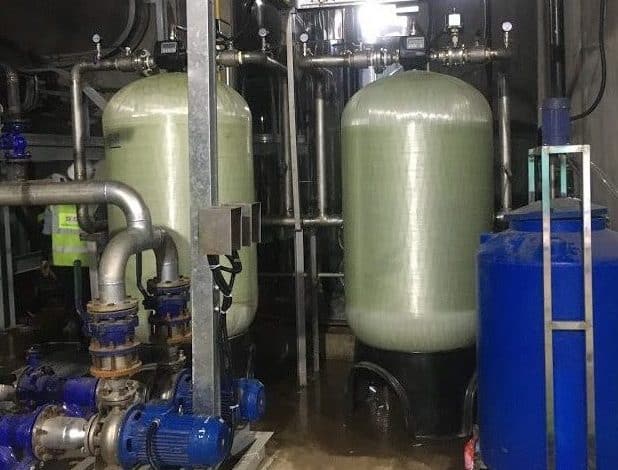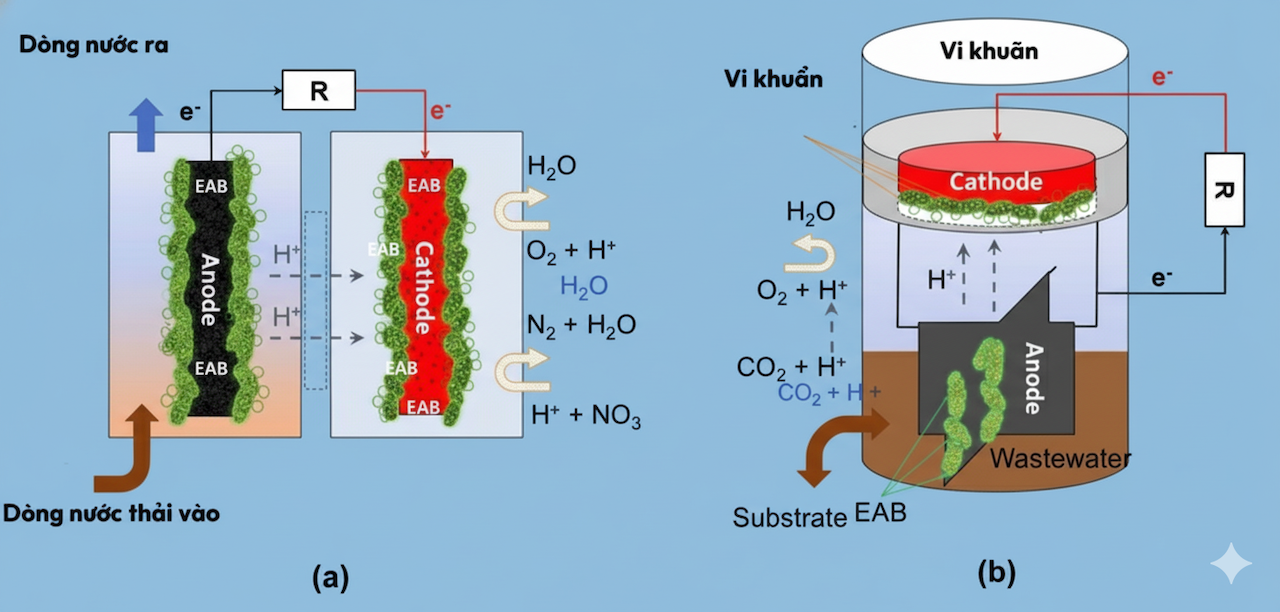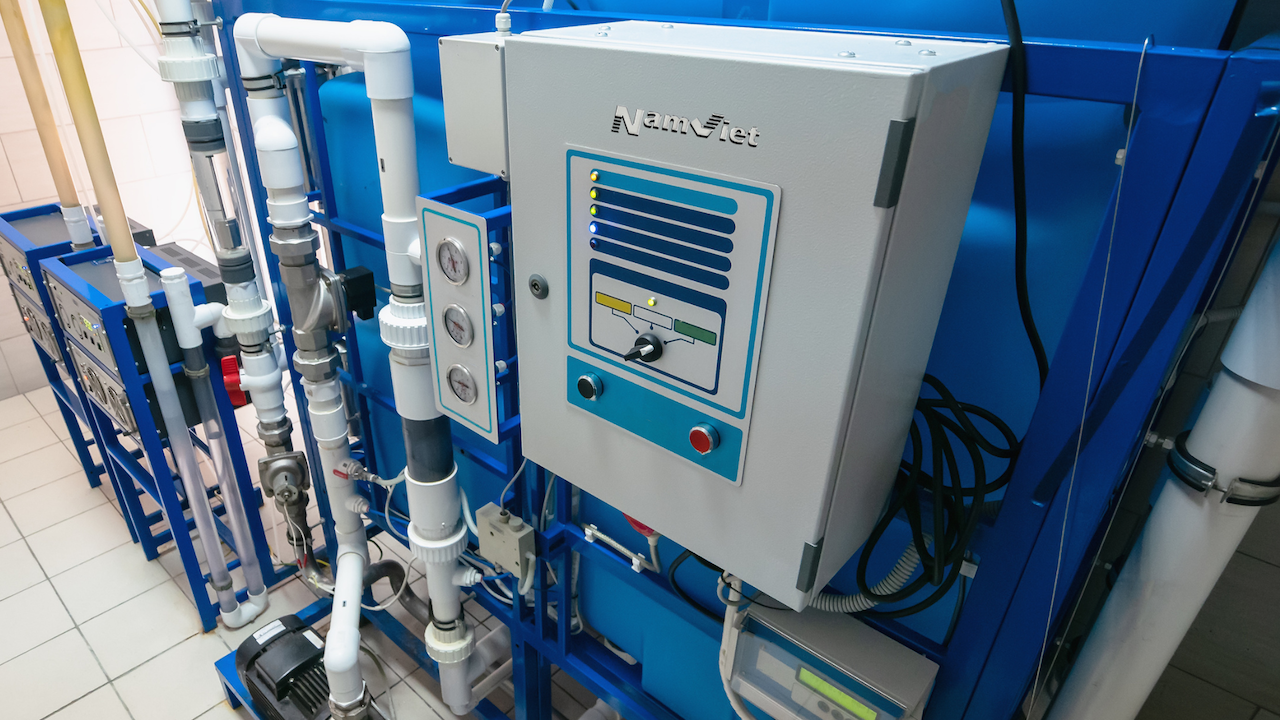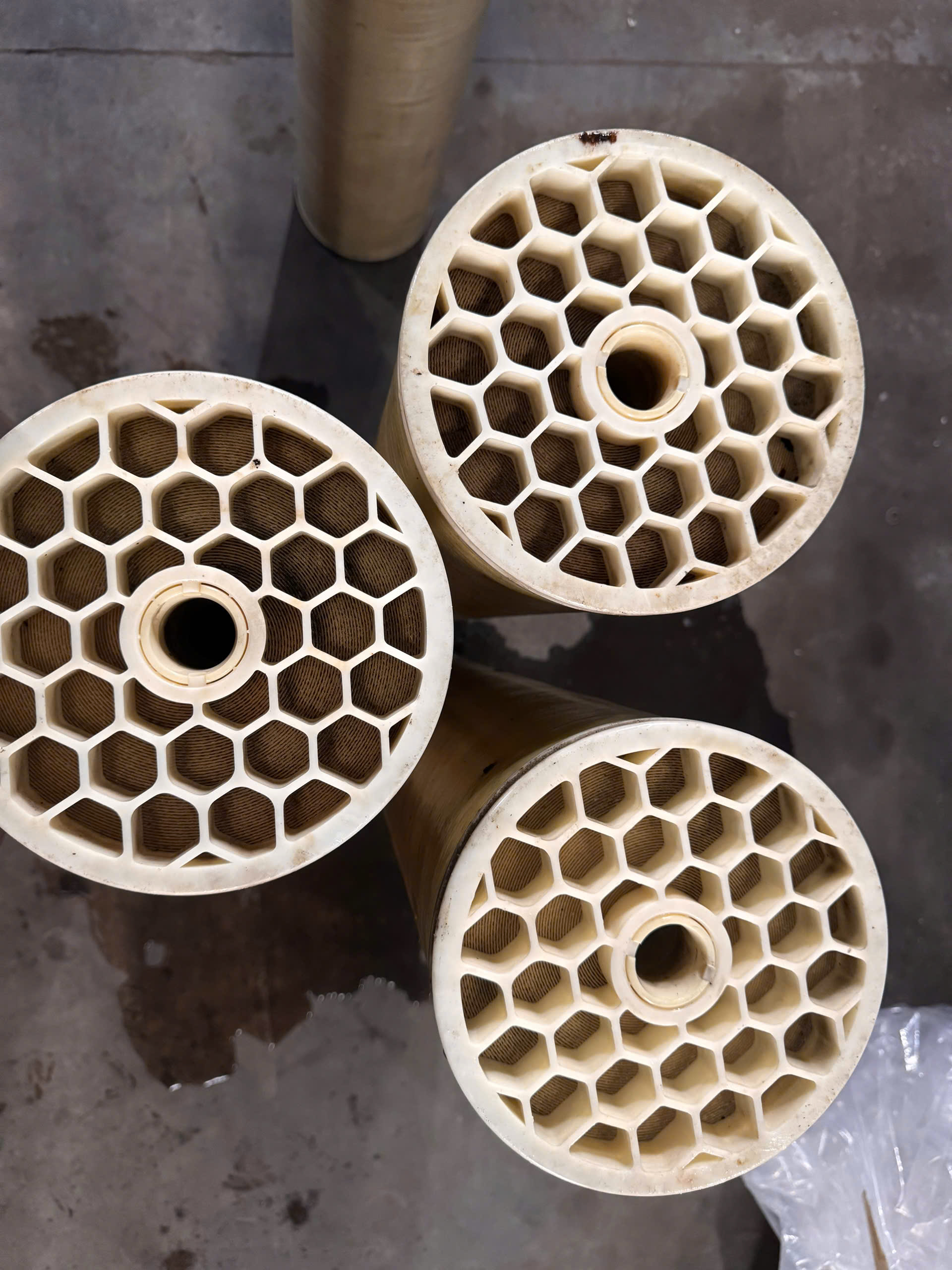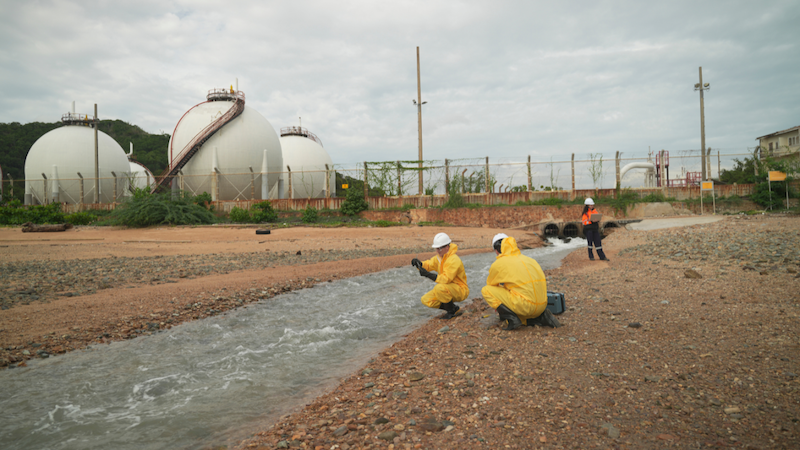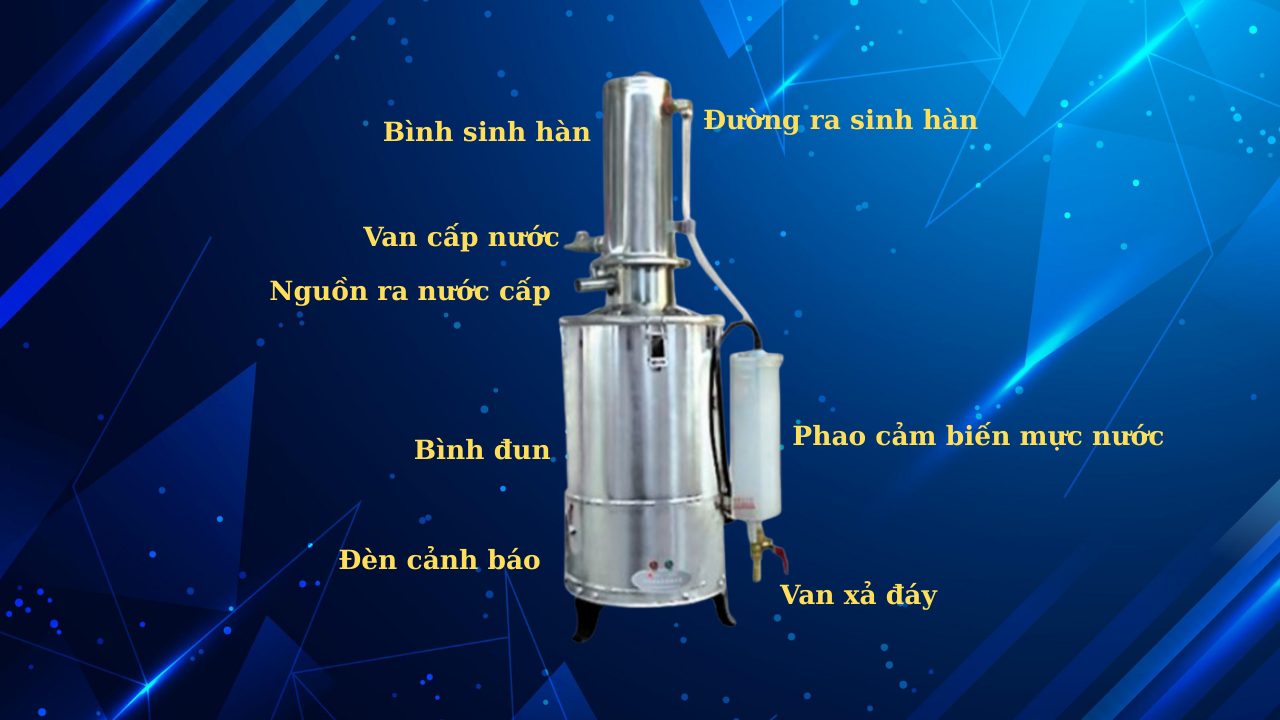Principle of Softener hard water softening system
Softener, also known as hard water softening system, operates based on the principle of ion exchange. Ion exchange resins hold hardness ions and when absorbing enough hardness, they are released through the regeneration process.
Water passing through the Na-cationite resin layer will cause the following reactions:
2R-Na + Ca(HCO3)2↔ R2-Ca + 2 NaHCO3
2R-Na + CaSO4↔ R2-Ca + Na2SO4
2R-Na + Mg(HCO3)2↔ R2-Mg + 2 NaHCO3
2R-Na + MgSO4↔ R2-Mg + Na2SO4
2R-Na + CaCl2↔ R2-Ca + 2 NaCl
According to the level of water filtration through the Na-cationite particle layer, more and more of its active Na groups are replaced by Ca2+ and Mg2+ ions of water. Finally, the exchange capacity of Na-catonite is completely exhausted. To restore the exchange capacity of Na-cationite, the filter material layer is washed with a solution with a high concentration of Na+ ions, for example table salt solution. This process is called reconstitution.
2R-Ca + NaCl ↔ 2R-Na + CaCl2
The process of softening water with Na-cationite can reduce the Ca2+ and Mg2+ content in water to a very small value, leaving the pH and total alkalinity of the water unchanged.
Choosing a water softening method must be based on the required water quality after treatment and the dissolved salt content in the source water. In all cases where the only need is to reduce hardness, the Na-cationite softening method is the most effective and economical.
What are the benefits of the Softener hard water softening system?
Benefits of using water softener
- Almost completely treats hardness in water
- Minimize the risk of scale build-up in pipes and faucets
- Reduces the risk of clogged pipes and faucets
- Reduce fuel consumption due to residue as insulation.
- Reduce pipe repair and replacement costs.
Service commitment when installing softener
- Quick installation within 1 week.
- Supports quick test chemicals to check soft water quality on site.
- Continuous technical support regardless of warranty period.
- Technicians are available quickly the same day or within 8 working hours.
- Open a methodical training class after installation and handover.
Structure of Softener hard water softening system
Structure of Softener hard water softening system
- Composite FRP filter tanks can withstand high pressure, are compact, and resist chemical corrosion. The filter tank contains filter material inside including sand and plastic granules.
- Autovalve Clack: Controls operating and regeneration modes completely automatically according to pre-installed programs.
- Electrical cabinets are used for control.
- Turbochargers
- Connecting pipeline system, valves, pressure gauges.
- The salt tank contains a salt solution that regenerates plastic beads.
- System support frame.
If the water supply after softening is used for the boiler, it will be evaporated and concentrated to create a high hardness content. To treat the hardness in this case, it is necessary to use boiler chemicals Fill and process inside the oven.
Nam Viet ETC with 10 years of experience in the field of water softening, we specialize in providing hard water softening systems for manufacturing plants, meeting the needs of soft water use for businesses, and can treat Water hardness drops to as low as required by the factory or to 0 mg/l.
If you need installation or advice, please contact Hotline 0932562177

